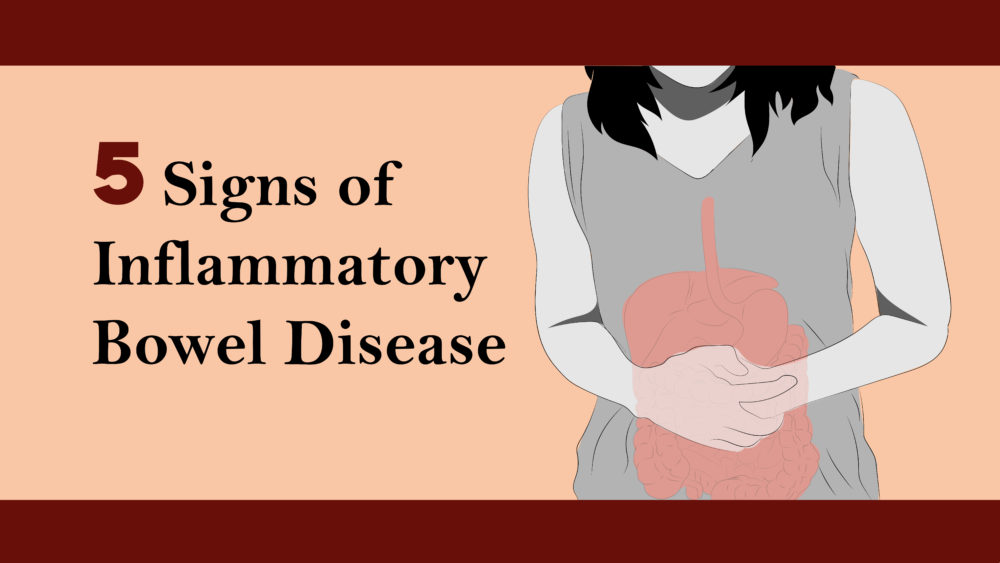Over 1.6 million Americans struggle with inflammatory bowel disease (IBD), says the nonprofit Crohn’s & Colitis Foundation. People with IBD struggle with chronic inflammation in the digestive tract that flares up, usually after 30 years old.
IBD actually refers to two diseases: Crohn’s disease and ulcerative colitis. Crohn’s can affect any part of the gastrointestinal tract from the mouth to the anus, according to the Centers for Disease Control and Prevention (CDC). Usually, it affects the portion of the small intestine before the large intestine. Ulcerative colitis, on the other hand, only affects the large intestine (otherwise known as the colon).
The Crohn’s & Colitis Foundation says both illnesses are marked by an abnormal response by the body’s immune system. The immune system is composed of various cells and proteins. Normally, these protect the body from infection. With IBD, however, the immune system reacts inappropriately, creating problems with stool and abdominal pain. Although diet and stress may aggravate IBD, doctors don’t know exactly what causes it.
The CDC points out that although the symptoms are similar, neither irritable bowel syndrome nor celiac disease is a condition associated with IBD; irritable bowel syndrome is not caused by inflammation and celiac disease has a known cause (gluten).
Diarrhea
Persistent diarrhea is one of the most common symptoms of both Crohn’s disease and ulcerative colitis. The Crohn’s & Colitis Foundation says bowel movements become looser and more urgent. As with many IBD symptoms, diarrhea may occur during intense flare-ups of these chronic conditions, followed by periods of little to no noticeable symptoms.
Abdominal pain
Cramps and pain in the belly may accompany IBD. Pain from ulcerative colitis tends to be in the lower left part of the abdomen (where the colon is) while pain from Crohn’s disease could be located anywhere in the abdomen, especially in the middle or on the right.
Bloody stool
IBD can lead to tears (fissures) in the lining of the anus, which may cause pain and bleeding, especially during bowel movements.
Weight loss
People suffering from IBD conditions often experience loss of appetite due to nausea and may lose weight as a result. Moreover, frequent diarrhea increases the risk of malnutrition.
Fatigue
The effort involved in the body’s response to the inflammation can drain a person’s energy. Furthermore, nausea, diarrhea, and a decrease in the way the intestines absorb important nutrients could result in malnutrition. If you suspect you may have IBD, check with your doctor. Your doctor can test for Crohn’s disease with an endoscopy or for ulcerative colitis with a colonoscopy. According to the CDC, advances in medication can make symptoms more manageable.
Sources:
https://www.cdc.gov/ibd/what-is-IBD.htm
https://www.crohnscolitisfoundation.org/assets/pdfs/updatedibdfactbook.pdf
https://www.mayoclinic.org/diseases-conditions/inflammatory-bowel-disease/symptoms-causes/syc-20353315
https://www.verywellhealth.com/signs-your-ibd-may-be-flaring-1942662
https://www.youtube.com/watch?v=ZnjGv6KfU0o
https://www.womenworking.com/warning-signs-of-crohns-disease-every-woman-should-know/



